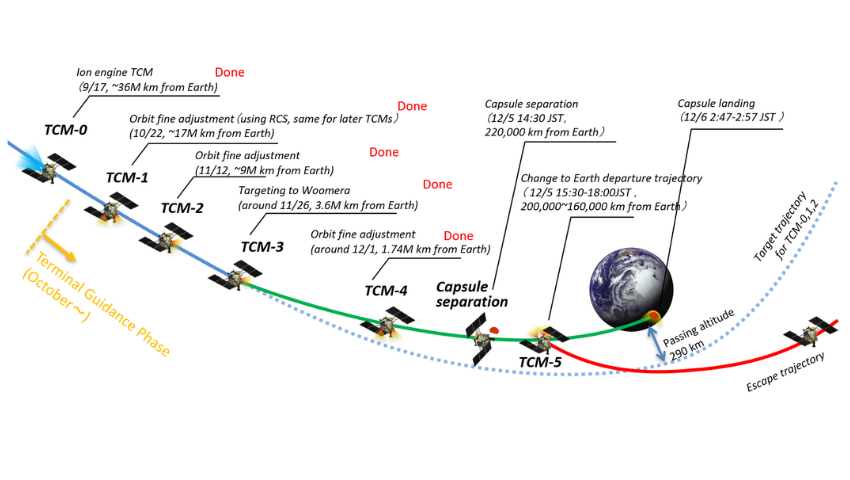Testing guided weapons and missiles in the real world is a risky activity. Look to the experts in Modelling, Simulation and Analysis (MSA) for Defence, aerospace and space.
Integrated Air and Missile Defence (IAMD) is a critically important defence capability, and arguably more so as the geostrategic environment deteriorates. As the name suggests, IAMD provides the ability to defend against missile attacks on our soldiers, sailors and air crew, and potentially our civilian population.
The stakes involved in IAMD are high. The complexity of the problem is high. The costs can be extremely high. But, the benefits of doing it right are also extremely high. In short, successful IAMD means that people don’t die, and assets aren’t destroyed.
The 2020 Force Structure Plan contains multiple projects in the missile defence space with a price tag exceeding $30 billion. The centre piece of these activities is AIR 6500, Phase 1 which will provide the core of the future IAMD capability. Add in other phases for AIR 6500, and the other capabilities needed to support IAMD, and the total investment is closer to $40 billion over the next couple of decades.
It is therefore important to get it right; important for the capability that is fielded, and important for the efficient and effective expenditure of taxpayers’ money.
The big challenge is that this hasn’t been done before in Australia, and we have assets spread over a vast area. Somehow we need to get the confidence that any system we are intending to build is the right one – for now and for the foreseeable future.
Moreover, you can’t completely test an IAMD system in the real world. That would require firing a real missiles at it – a somewhat risky activity – so the answer lies in modelling, simulation and analysis (MSA); otherwise known as evidence-based decision support.
The development of mathematical models and the conduct of MSA using the best possible information allows decision alternatives to be investigated, and the best one for the circumstances to be selected. Decisions can be based on facts, not on opinions or emotion.
Shoal Group has a long, broad and distinguished background in MSA for aerospace systems, and specifically in guided weapons and missiles. This experience ranges from the tactical, detailed, physics-based modelling and simulation for weapon performance analysis, through to strategic MSA for studies into IAMD architectures.
The Shoal team has covered air-to-air, surface-to-air, and air-to-surface missiles in the tactical domain for both ‘red’ and ‘blue’ systems.
As an example of the non-defence application of the Shoal capability, the company was engaged by the Australian Space Agency to conduct independent modelling of the return to Earth of Japan Aerospace Exploration Agency’s Hayabusa2 in South Australia in December 2020. The modelling-based evidence allowed the Australian Space Agency to make a defensible decision to approve the safe landing of Hayabusa2 in South Australia.

Caption: Image supplied by JAXA. An illustration of the trajectory modelling undertaken for the Hayabusa2 mission.
An Australian IAMD system will need to function with and without any direct support from allies and partners. It is therefore important that the system reflects Australian needs, Australia priorities, and Australian operational and support mechanisms.
As a 100% Australian-owned company, Shoal can ensure that sensitive Australian data can remain in Australia, under the purview and control of Australians. This is the essence of sovereignty.
As a company with no corporate ties to any of the likely IAMD vendors or system suppliers, the advice provided by Shoal is independent. The claims of the potential suppliers for the final system can therefore be assessed and independently verified.
The Australian Government is committing, and will continue to commit, very large sums of money for the development of solutions to the challenges faced by an ever-developing missile threat. Addressing these challenges may involve sensitive Australian data for Australian-specific challenges within Australian-required timeframes. Basically we need to ensure we have sovereignty over the MSA, over the data, and over the architecture of the solution that is derived.
Evidence-based decision support activities throughout the IAMD capability lifecycle will allow the investigation of realistic, scenario-based date for decision making, and the mitigation of project and performance risk.
When there is uncertainty in complexity, understanding the problem leads to better solutions. By partnering with Shoal, a leader in model-based systems engineering you have experts on your side to clearly outline a path for decisions, to manage resources all while avoiding risk.
Find out more from Shoal Group: https://www.shoalgroup.com/defence
 Login
Login






